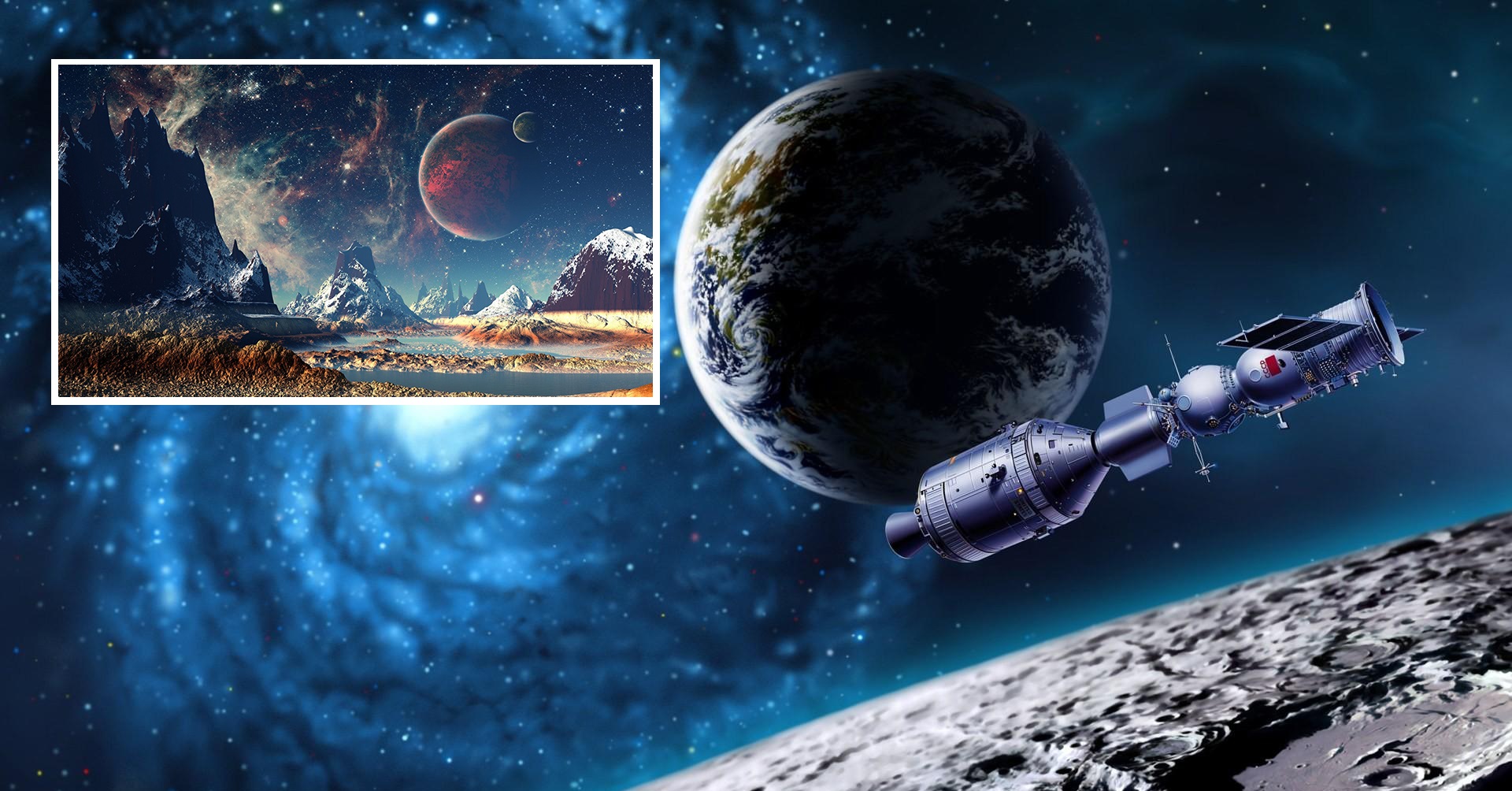They sound like faraway places from science fiction: a deep blue gas giant where molten glass falls down, or a little iron “cannonball” planet that makes an eight-hour loop around its star.
Astronomers have recently found not just these extra-solar planets or exoplanets, but also can paint often amazingly realistic planetary descriptions.
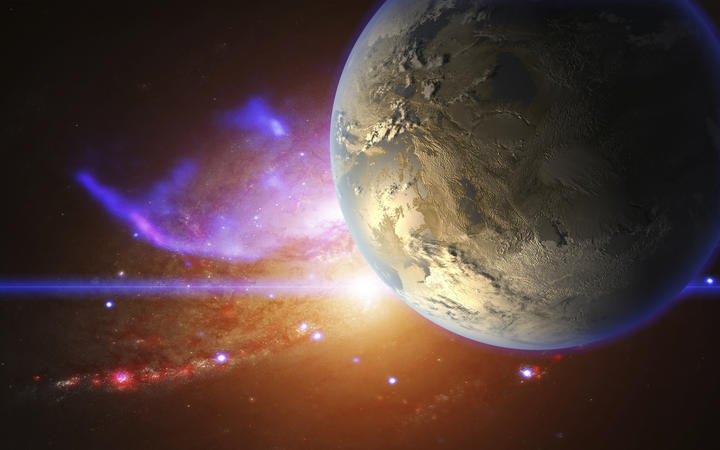
Exoplanets, with a few exceptions, cannot be observed directly.
They are either too little or too far away to observe using a telescope, or their sun’s brightness overwhelms the little light they emit.
With this in mind, how can astronomers determine what an exoplanet is comprised of – and if it is a viable candidate for hosting life?
What are the signs of an exoplanet?
To begin, astronomers must first discover these distant solar systems. There are two primary methods by which they do this.
The first is based on the fact that planet-bearing stars do not remain static in the center of their solar system. The gravitational attraction of their planets pulls them into their own little circular or elliptical course.
Telescopes often struggle to detect a star’s modest side-to-side wobble.
However, when a star travels away and closer to Earth, its light stretches and gets redder, then compresses and becomes somewhat bluer, which telescopes can detect.
The radial-velocity approach, or “wobble method,” as University of Southern Queensland astronomer Jonti Horner puts it, is a method for finding exoplanets.
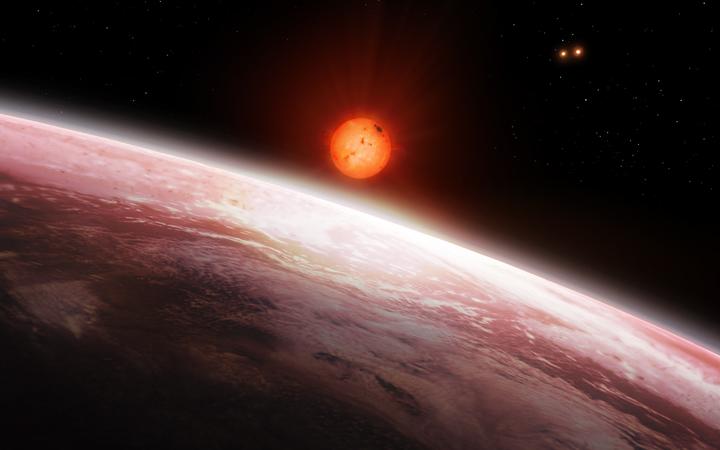
For a decade or two following the first verified detections in the 1990s, it was the primary method of detecting exoplanets.
However, detecting stellar wobbles is time-consuming, needing years of looking at a single star to observe whether its light seems to change color over time.
The transit – or “wink” – approach is the second most used way to find exoplanets.
If an exoplanet’s orbital path passes via Earth’s line of sight, we will notice a brief, but periodic, dimming of the starlight.
Professor Horner said, “The beauty of it is that you can use a wide-field camera to concurrently assess the brightness of a huge number of stars at the same time.”
“You are playing a numbers game when you look at enough stars.
“Some of them will have planets that are perfectly aligned with their star so that they pass between us and it every time it rotates, and you will see that star blink occasionally.”
More than 3,700 exoplanets have been discovered using the winking approach, whereas roughly 900 have been discovered using the wobbling method.
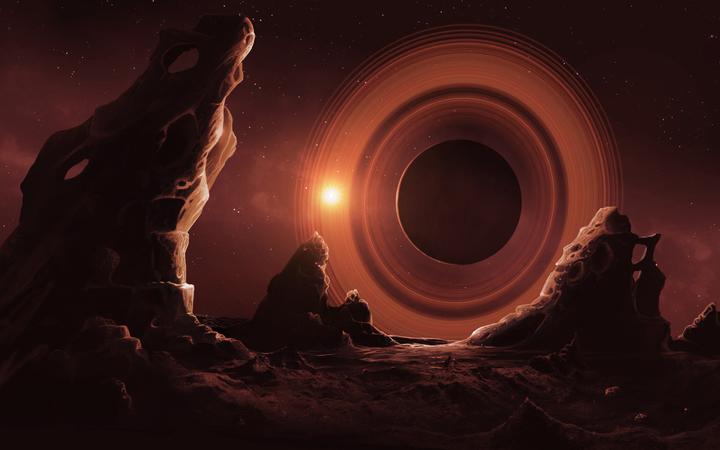
Another 120 exoplanets were discovered using a process known as gravitational lensing, which involves light from a distant star bending around an exoplanet.
Only around 50 exoplanets have been imaged directly.
How can astronomers determine the size and mass of exoplanets?
The diameter and heaviness of an exoplanet are also determined from its star’s wink and wobble.
Because it blocks more light, a bigger exoplanet creates a greater star wink, and an exoplanet’s mass is determined by the amount it causes its star to wobble.
When astronomers take into account how swiftly an exoplanet orbits its star, as estimated by the duration between winks, they may obtain a sense of what it is like out there.
A large wobble and strong, rapid winks, for example, indicate to a gas giant like a hot Jupiter, which spins about its star swiftly and tightly.
What about the composition of an exoplanet?
According to Professor Horner, if astronomers compute an exoplanet’s mass and size, they may calculate its density and then begin to figure out what type of material the planet is comprised of.
“Perhaps we can figure out its interior structure as well.”
A tiny but big planet, for example, has no option except to be primarily formed of solid material like iron.
The transit or wink technique of exoplanet identification also provides information about the composition and chemistry of the atmosphere.
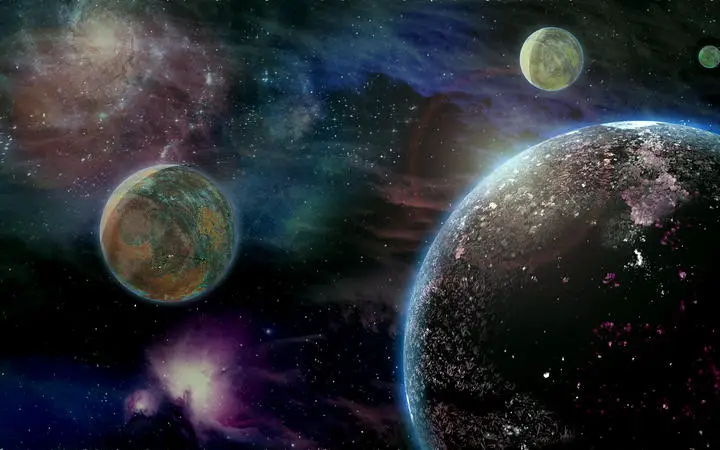
According to UNSW computational chemist Laura McKemmish, when an exoplanet passes between us and its star for a brief while, part of the sunlight filters through its atmosphere (assuming it has one), and some of the light is absorbed.
“What colors of light get through are determined by the molecules present, as well as clouds and the temperature of the environment,” she explains.
“Rather than it simply being a spherical blob,” she continues, “you can start to think about the life of the exoplanet once you have the atmosphere.”
That light is captured by telescopes on the ground and in orbit around the Earth. Spectrometers break it into a spectrum that ranges from infrared to visible light, much like a rainbow.
According to Dr McKemmish, astronomers can then observe which colors are missing from the rainbow and begin to predict what the atmosphere is like.
It is not only about the molecules flying about.
“Is there a temperature inversion, as on Earth, when the temperature drops [with height] and then rises?”
“It is generated by titanium oxide,” she said of the temperature inversion found in the atmospheres of hot Jupiters.
How do we look for evidence of life?
Chemical evidence of life, or biosignatures, might be found in the atmosphere of an exoplanet.
Plants, for example, create oxygen in the form of O2, which is a biosignature for life on Earth, according to Dr McKemmish.
“If all life on Earth was extinguished, all atmospheric O2 would react [with other molecules]… and simply vanish.”
As a result, the existence of O2 on an extraterrestrial planet inside the habitable zone, the area surrounding a star where the temperature is suitable for liquid water, sounds intriguing.
The difficulty in finding O2 on exoplanets is that it does not absorb much light.
So it is not impossible to observe, but it is a lot simpler if oxygen makes up a lot of the atmosphere’s gases, approximately 20%, and you need a highly sensitive telescope, according to McKemmish.
“You may, however, hunt for a different chemical, such as ozone.
“It, too, is reliant on life, but it sends out a stronger signal since it absorbs more light than O2.”
Still, just because a biosignature is discovered does not indicate it was belched, inhaled, or ejected by a live entity.
Other chemical reactions or geological processes, such as volcanism or weathering rocks, might yield biosignatures on exoplanets without requiring life.
New telescopes, new perspectives
Astronomers believe that at least one exoplanet orbits every star, but they can only look into this level of detail for a fraction of them right now.
That is because we need to watch solar systems side on, with planets moving in our line of sight, to acquire precise wink and wobble measurements from our vantage point on Earth.
So far, the emphasis has been on identifying giant exoplanets that orbit close to their star and cause larger winks and wobbles.
Around two-thirds of the 4,900 verified exoplanets discovered at the time of publishing are considered to be ice giants (like Uranus and Neptune) or gas giants (like Jupiter and Saturn).
The Kepler space telescope discovered the majority of them, roughly 2,400, over its almost decade of operation.
Another 170 planets have been discovered so far by NASA’s Transiting Exoplanet Survey Satellite, or TESS.
According to McKemmish, the long-awaited James Webb Space Telescope, which is set to launch in mid-2022, will take exoplanet chemistry to a whole new level, among other things.
Other efforts, such as the European Ariel Space Mission, which is set to launch in 2029, will concentrate only on analyzing exoplanets in the next decade or so.
According to Professor Horner, such missions are ushering in a new era of exoplanet finding.
“We are approaching the point in the exoplanet era where we are no longer merely discovering planets… However, we have arrived at a position where we can learn a lot more about them.
“And that is a prerequisite for being able to search for any signs of life.
“That is our trip, and we are not yet at the conclusion.”

